Copper-plated stainless steel is a process where a layer of copper is plated onto the surface of stainless steel to enhance its aesthetic appeal and corrosion resistance. The general steps for making copper-plated stainless steel are as follows:
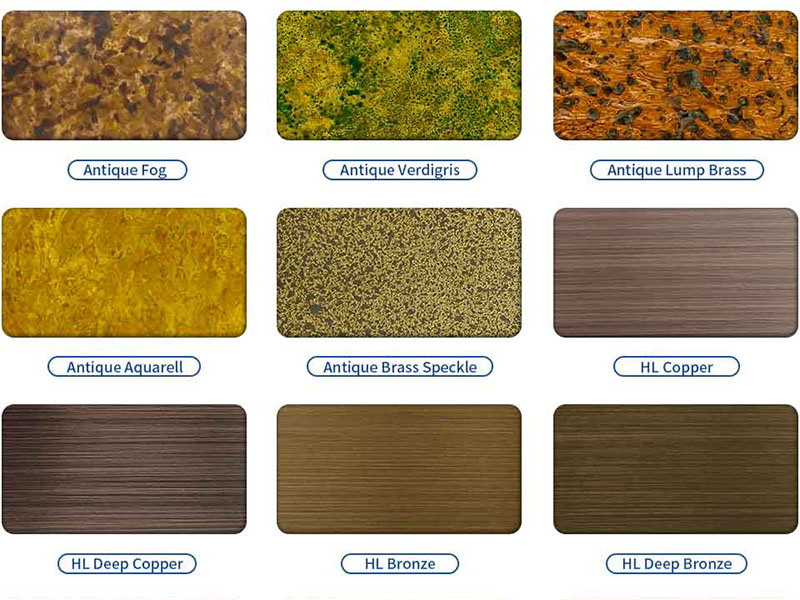
Material Preparation:
Select appropriate stainless steel materials. Depending on the requirements, different types of stainless steel sheets can be chosen, such as 304 or 316.
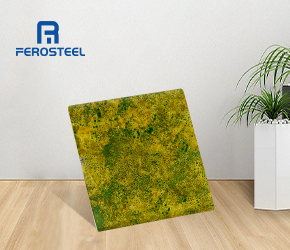
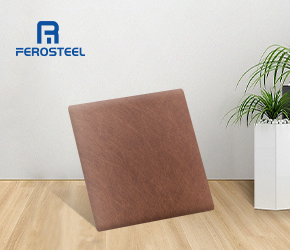
Surface Treatment:
Cleaning: Use pickling or alkaline washing methods to remove grease, oxide layers, and impurities from the stainless steel surface.
Copper Plating:
Electroplating Copper: Immerse the stainless steel sheets in an electroplating bath containing copper ions. Under the influence of an electric current, copper ions deposit on the stainless steel surface to form a copper layer.
Chemical Copper Plating: Without the need for electric current, copper ions deposit on the stainless steel surface through a chemical reaction.
Post-treatment:
Cleaning and Drying: After copper plating, thoroughly clean the stainless steel to remove any residual plating solution and dry it.
Sealing: To improve the corrosion resistance of the copper layer, sealing treatment can be performed.
Inspection :
Conduct quality inspection on the copper-plated stainless steel to ensure the copper layer is uniform and adheres well.
Checking and Packaging: Pack according to customer requirements to prevent damage during transportation.
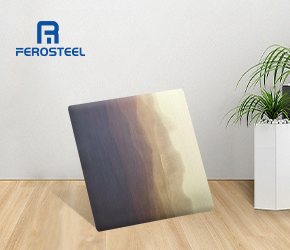
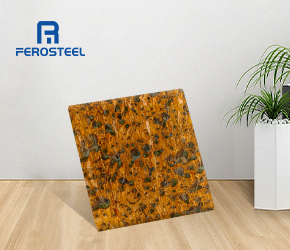
Throughout the process, it is necessary to strictly control the process parameters and environmental conditions to ensure the quality and performance of the copper-plated stainless steel. This copper plating process not only enhances the aesthetic appeal of stainless steel but also increases its corrosion resistance, making it widely used in architectural decoration, household items, and other fields.
 Office address: 26 Floor, Shibo Financial Center, Fenjiang South Road No.38, Chancheng, Foshan, GuangDong, China
Office address: 26 Floor, Shibo Financial Center, Fenjiang South Road No.38, Chancheng, Foshan, GuangDong, China  Phone
: +86 -18024913898
Phone
: +86 -18024913898 Email
: [email protected]
Email
: [email protected] IPv6 network supported
IPv6 network supported
 leave a message
leave a message